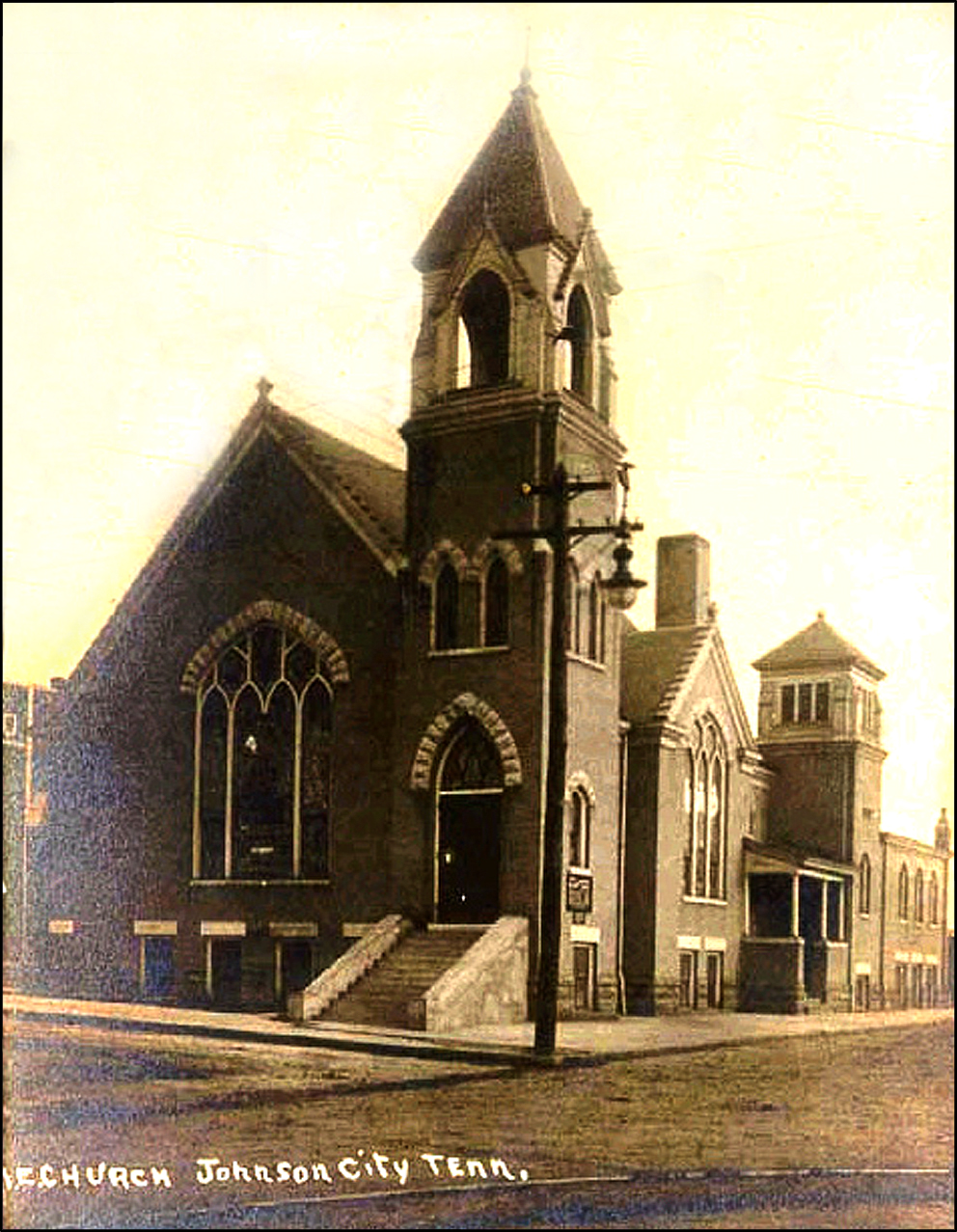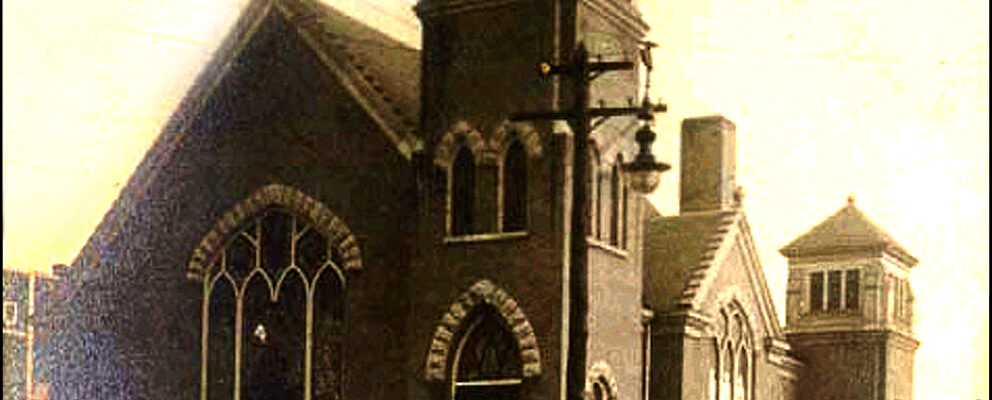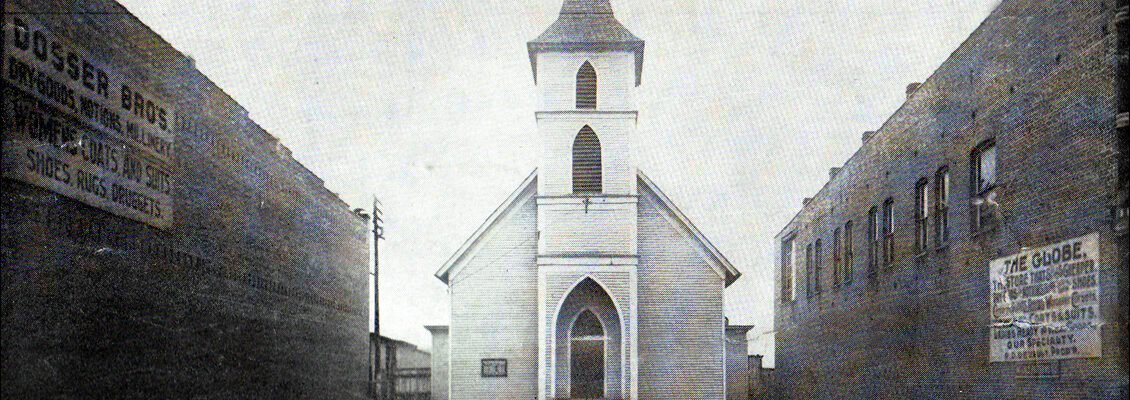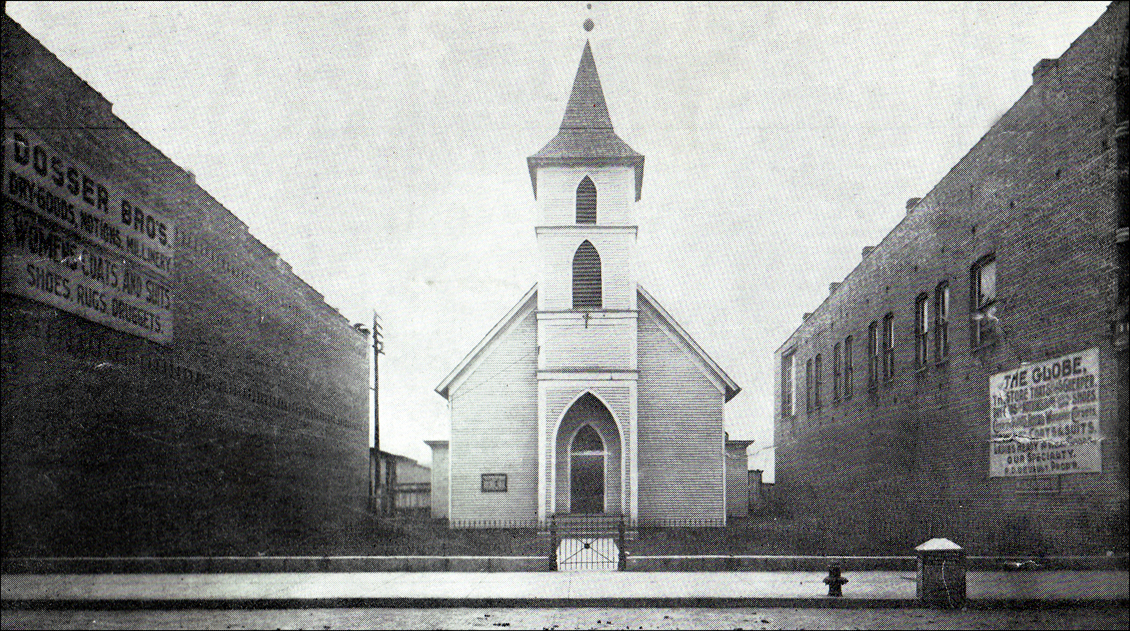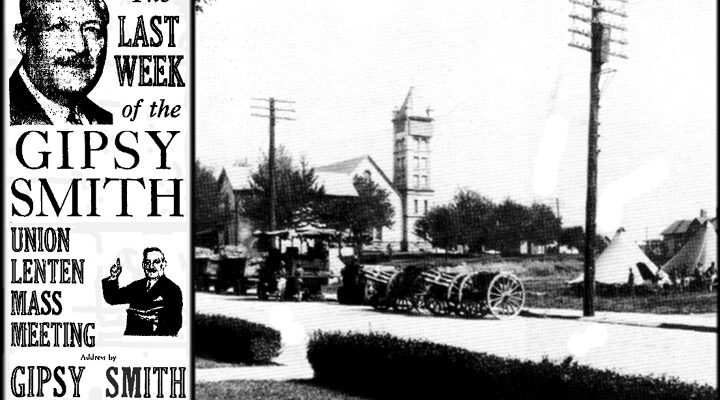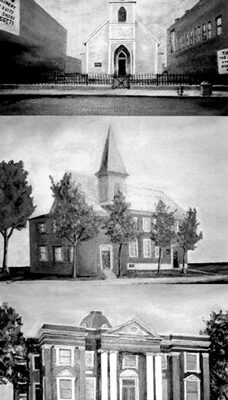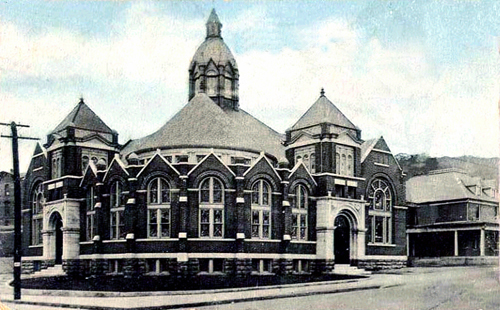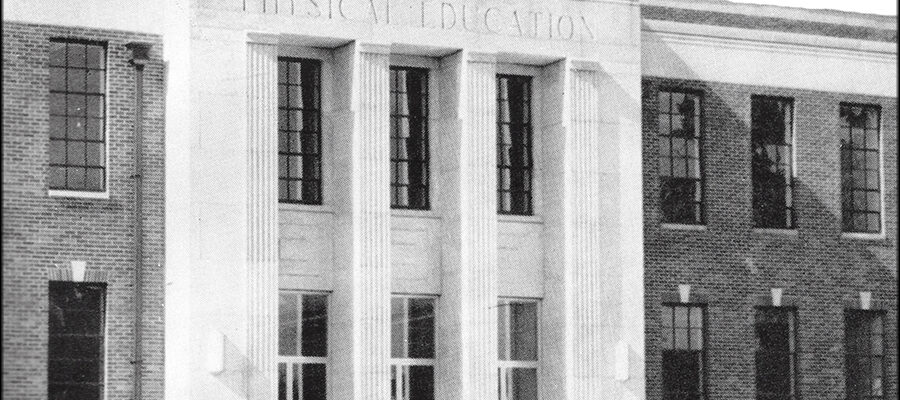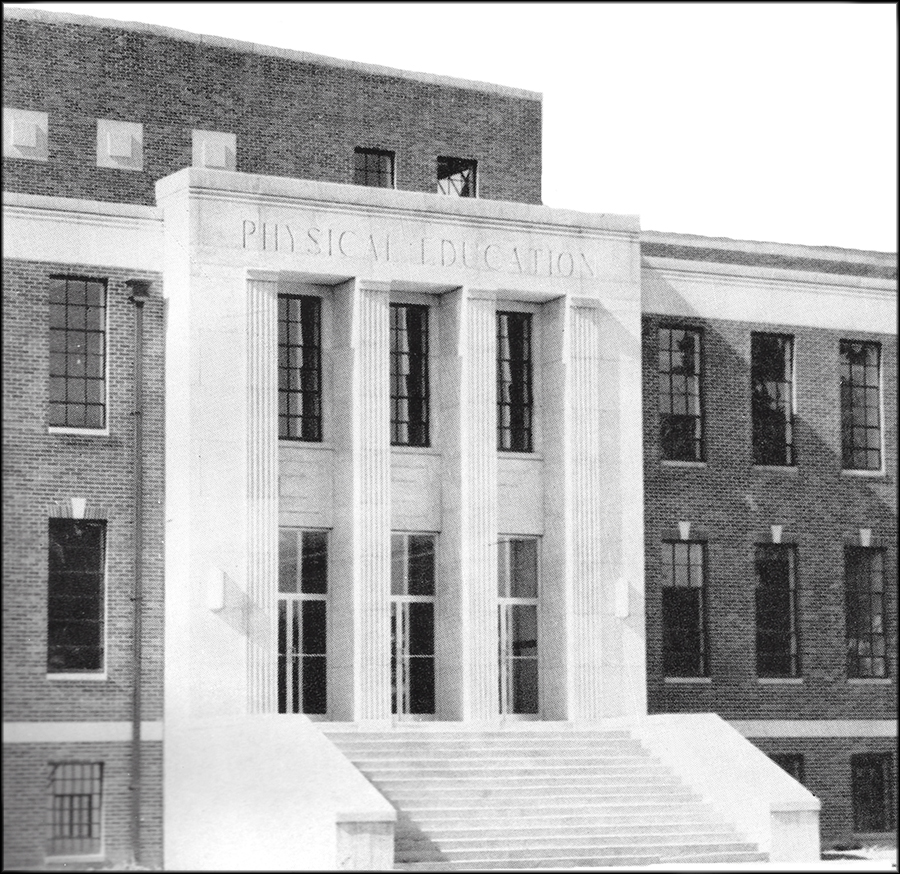Wallace Britton, historian of Central Baptist Church, is working with the church’s massive archival collection for inclusion into a forthcoming book. Britton served as Minister of Education and Administration at the church from mid 1960 until late 1967. He credits the late Lona Holtz Akard, the church’s life-long historian, for archiving the church’s anthology.
Wallace offered a sampling from the storied archives that contain three fading, fragile, handwritten books of church business minutes. Over time, he meticulously transcribed each one, word for word, without any alterations.

Records indicate that Central Baptist Church began as First Baptist Church on July 3, 1869, the same year that Johnson City was incorporated. Asa Routh was pastor aided by Martin V. Noffsinger, an employee of Holston Baptist Church. In that era, it was customary to change pastors about every year. They received $100 a year for preaching one Sunday a month. Charter members included A. Carr, Jessee Duncan, Sarah Duncan, Phoebe Duncan, Rachael Duncan, D.A. Edwards, Susan Duncan, Perline Edwards, S.A.F. Edwards, Sarah Carr, C.W. Carr, Catherine Carr, Levina Carr, Sarah E. Carr, Joseph F. Carr, Elizabeth Rice, Henry Price, Susan C. Price and Nannie Landreth.
Meetings were held in the First Presbyterian Church on W. Main for the first 12 years. In the first worship service, Rev. Routh preached a message from Matthew 16:18, “Upon this rock I will build my church; and the gates of hell shall not prevail against it.” In May 1881, worship services were conducted on the second story of Science Hill High School on Roan Street. For the first time, a Sunday School was organized with 17 members in attendance.
Desiring a permanent building of its own, the FBC soon purchased property at 224 E. Main Street (future Sterchi Furniture Co. site) from Colonel Reeves for $100. The 34 x 50 foot “Little White Church,” as it became known, was built at a cost of $2010.50. Pastor Thomas Hiter Crouch, the 6th pastor, led the first worship service in the new structure in April 1883. J. A. Cargille was superintendent.
A letter submitted by the church to the Holston Associationmeeting at Buffalo Ridge revealed interesting statistics: “Increased by letter 8, baptisms 7, excluded 7, dismissed 3. Amount spent for minutes $1.15. We have our church house nearly completed. We have an indebtedness of something near $500. We have a flourishing Sunday School with an enrollment of 140, average attendance of 75. Paid out for literature $14.60. Home Missions $5.”
In 1890, new pews were procured and a baptistery was installed. Prior to this, the ordinance of baptism was administered at Brush Creek Campground on W. Watauga on Sunday afternoons. Two church members, Mr. R.C. Hunter and Mrs. Dora Cargille Sproles are believed to be two of the last people baptized in the creek.
Friday, May 5, 1905 was a heartrending day for the populace of Johnson City. A devastating fire broke out along the south side of East Main between Roan and Spring streets, destroying everything in its path with one exception – the “Little White Church.” Many people deemed it a miracle of God while others questioned attending a church in the heart of the growing business district.
The church was essentially undamaged except for paint blister and smoke discoloration. Britton related a humorous story. At the next business meeting conducted by Pastor J.H. Snow, a plan was developed to refresh the church’s exterior. The men voted to let the women paint the church and pay the expenses. Over time, the church outgrew its facility. A strong debate divided the church as to whether to expand or relocate.
On May 1, 1907, about 100 disgruntled members were granted letters of dismissal from the “Little White Church.” They quickly formed a new place of worship in the former Lusk School on the southeast corner of E. Watauga and N. Roan (future site of the Almeda Apartments). It became known as Roan Street Baptist Church with Tom Davis as pastor.
Wallace related an amusing story about the second church. People rode horse and ox drawn carts to town to do business on Saturdays. Many people parked their animals on a lot adjacent to the church. During the next business meeting, the church appointed a member as chairman of a committee whose job it was to arrive early on Sunday mornings to remove droppings from the lot.
Between 1907and 1910, both congregations needed larger facilities, but neither was financially able to build. They decided to reunite in 1910 and construct a new larger building at a site about equidistance between them. Church leaders narrowed their search to two lots, one owned by Isaac Harr and the other by G.M. Sitton. Both were ideally situated on N. Roan. They chose the Harr property and acquired it for $5000, requiring $1750 cash payment and notes to pay off the debt in two years.
The assets of both churches were transferred to the trustees of the new organization known as Central Baptist Church. The membership consisted of 510 people. The Main Street property was sold for $10,000. Tom Davis became the first pastor of the third church. Services were held at Roan Street Baptist Church until the new facility could be built. The cornerstone was laid in early spring 1912 and one year later the congregation moved into their impressive new building.
May Ross McDowell recalled that on Dec. 26, 1930 fire struck the church. Unlike the fire of 1905, the building was heavily damaged requiring extensive rebuilding. In spite of this being during the Great Depression, work began immediately to restore it. The ensuing loan became a burden on the ministry for several years. While work was being done, the congregation met for 10 months at Junior High School. During this time, a baptistry was added and a secondhand organ was purchased. In 1946, the church purchased Carillonic Bells.
Over the years, CBC spawned several area churches: Snow’s Chapel, Temple, Midway, Unaka Avenue, Clark Street, North Johnson City and Southwestern. Today, a drive by 300 N. Roan Street exemplifies the prophetic words offered by Rev. Routh on June 3, 1869 at the church’s first service.
